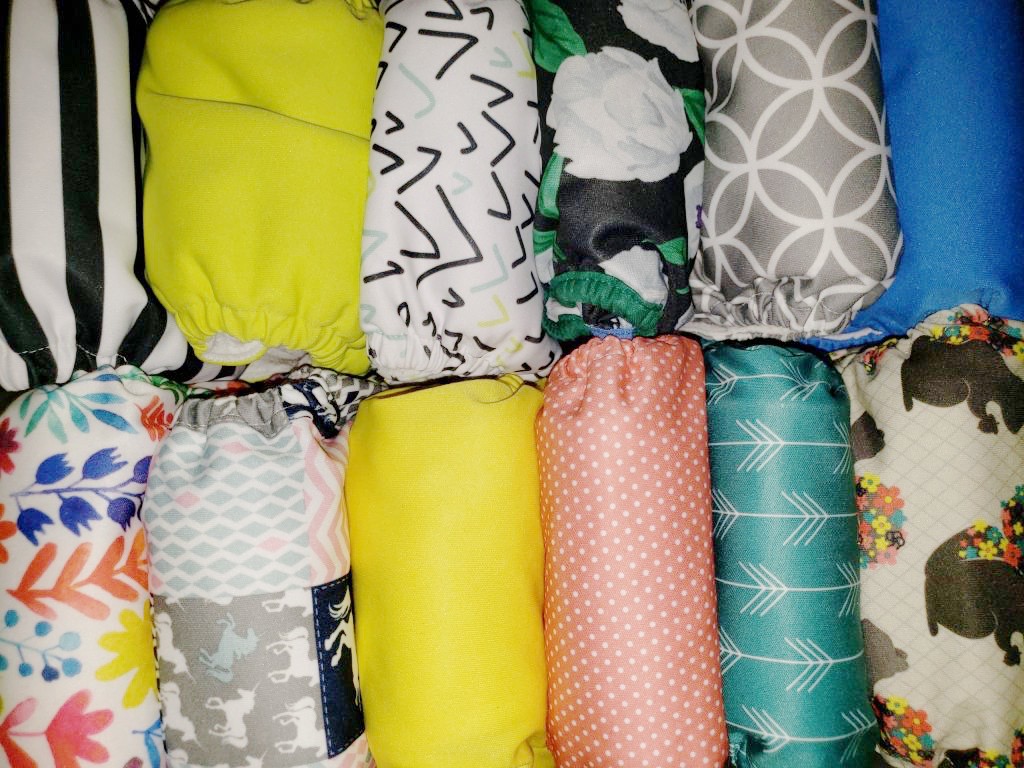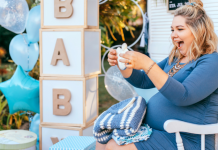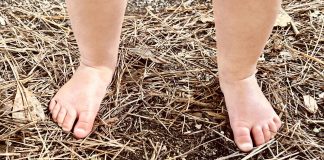When you imagine cloth diapers, you probably think about big squares of cotton and safety pins and plastic pants, right? If so, I have news for you: the cloth diapers of today are not your grandmother’s cloth diapers! If you’re a parent who would like to save money with a little bit of effort, then read on. I know cloth diapers can be overwhelming with all of the information out there, so I’ve put together a primer for you below.
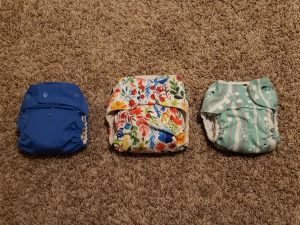
Modern Cloth Diapering :: A Primer
Styles
Across the various brands available, there are fairly consistent style options. Those are as follows:
- All-in-One diapers (AIOs) are exactly what they sound like. The diaper is all in one piece and used just like a disposable.
- All-in-Two or hybrid diapers (AI2s) are essentially waterproof covers with absorbent inserts that snap into place.
- Pockets are waterproof covers with a stay-dry liner that you must stuff with inserts.
- Flats are big fabric squares that have to be folded and are then covered with a waterproof cover. Prefolds are used like flats but are already folded. Flats and prefolds still need to be fastened, but today’s choices are much easier than trying to use a safety pin near a wiggly baby.
Within these styles there are different fabric options based on whether baby needs more absorbency, faster absorbency, or stay-dry comfort. Each option has its own pros and cons, based on your family’s particular needs and laundry situation.
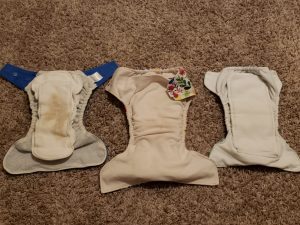
Laundry
Washing cloth diapers seems intimidating at first, but it’s really not scary! Many parents opt for a diaper sprayer that hooks onto the toilet to make laundry a bit easier. Dunking and swishing is also perfectly fine and has worked for me for years. Once you deal with the mess, you can throw your diapers into the washer like any other dirty laundry. Most cloth diaperers have found they need to do a pre-wash first, then a normal wash just to ensure the diapers get completely clean. You don’t need a special detergent for cloth, but you may need a water softener. You’ll also want a wet bag for storing dirty diapers in between washings, which typically happens twice a week for me.
Cloth Diapering as Baby Grows
Now that I’ve talked you into cloth diapering your babies (right?), you’ll need to know what size to use. Newborns are so tiny that most brands offer a specific newborn size (NB). Flats can be used from NB to potty-training, and some covers have sizes that fit from 7 to 15 pounds. Then you would just buy the next size up if you want to continue with that style. Many moms find that their style preference depends on baby’s size and age; or even whether they’re at home, running errands, leaving them with childcare, or using them overnight. Then when potty learning happens, cloth training pants are available.
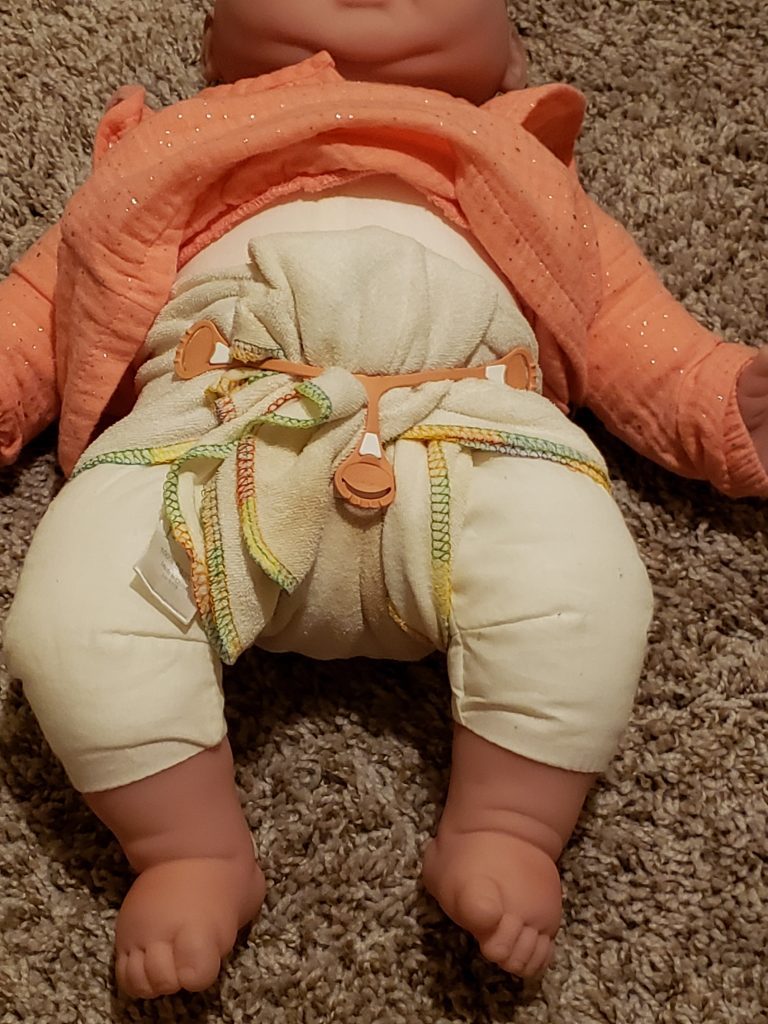
Price
While cloth diapers are cheaper than disposable diapers in the long-run, the start-up cost can be overwhelming, especially since you want to make sure your diapers are CPSIA-compliant. Many big stores that sell cloth diapers do not guarantee compliancy with US regulations, so shopping small is a really good idea here. I usually buy straight from the retailer or use Nicki’s Diapers. If you don’t know what style you’d like to use, there are trial programs at many cloth diaper stores. If you sign up for a trial you can pick a few styles, use them for a bit, and return the ones you didn’t like. Used cloth diapers are also easy to find and as long as you properly sanitize them there’s no issue with using them. For local deals, check out Birmingham’s very own cloth diapering Facebook group, Fluffingham. There are also cloth diaper banks and lending organizations. Some are regional, like The North Alabama Cloth Diaper Bank, and some are nationwide, like Share the Love and GroVia Gives.
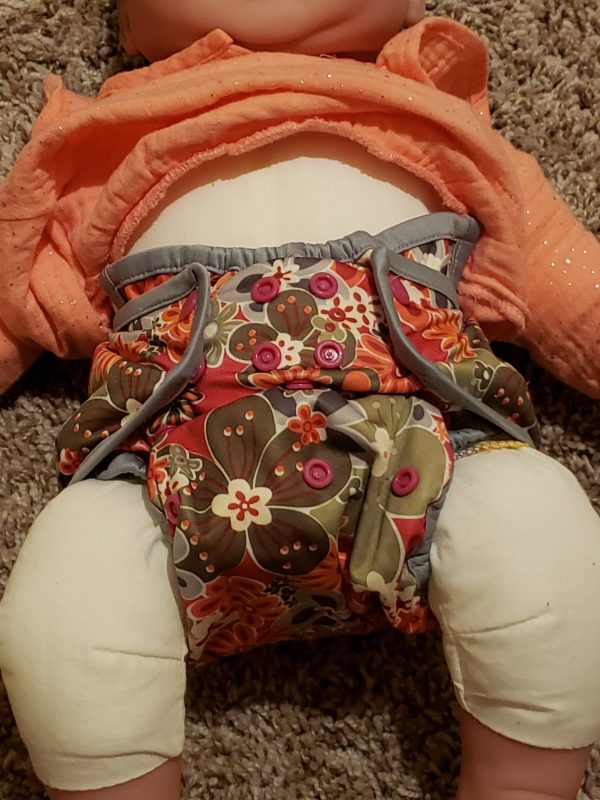
Other Benefits
Many parents admit that price is their driving factor behind cloth diapering, but there are plenty of other benefits, too. It’s believed that disposable diapers take about 500 years to decompose, so cloth is a great way to reduce your carbon footprint. Cloth diapers are often more comfortable on baby’s skin, so diaper rash is usually not a big problem with fluff butts. Potty training can even go more smoothly (when baby is ready) because wetness is typically felt more in cloth than in disposables. Also, I would be remiss if I didn’t point out how stinkin’ cute they are! Who doesn’t want to dress their tiny baby in a diaper with unicorns or robots or foxes on it? I know I do, especially if I can save money AND help the environment while doing so.
